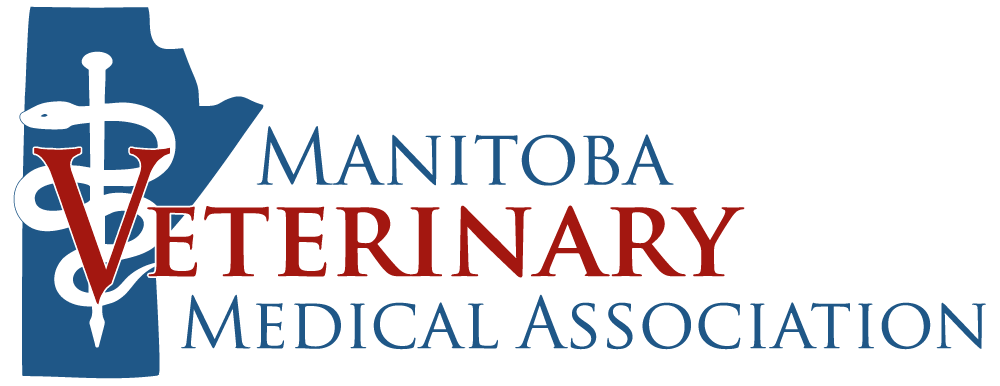Fee guide – Why You Need To Raise Your Fees for 2023
Why You Need To Raise Your Fees for 2023
Darren Osborne, MA
When the MVMA determines the fees for the upcoming Fee Guide, they strive to provide a list of fees that covers the cost of running a veterinary hospital, delivers a professional level income to veterinarians, and promotes demand for veterinary services. Last year, inflation, increased wage rates and COVID related expenses required a double digit increase in professional fees to cover the cost of running a veterinary hospital. While many hospitals are still reeling from the double digit fee increase in 2022, persistent inflation and rising wage rates in Manitoba, it is necessary to do it all again for 2023.
For 2023, estimated veterinary labour costs are expected to rise 10%, non-DVM labour costs are expected to go up 10% (a combination of hiring more people and paying higher wages) and inflation is expected to drive up all other expenses 6%. For the average veterinary hospital to absorb these costs, professional fees needed to go up 9%. The motivation to raise fees ceases to be a question of demand verses supply and turns into an arithmetic problem. Simply stated, if professional fees don’t go up 9%, veterinary practices will be worse off.
Labour Costs
The average associate wage in Manitoba did not increase in the last year but the average number of hours worked dropped by 10%. This translates into a 10% increase in the hourly rate for associates. For 2023, associate wages are expected to go up 10%. The increase in veterinary wages is a supply and demand problem. The COVID pet population boom created a surge in demand which coincided with a mass retirement of mature veterinarians creating a drop in supply. Veterinary hospitals started looking for replacement talent and found there were more vacant positions and fewer veterinarians available to fill those positions. The combination of a weak supply and strong demand is created bidding wars for veterinary talent that will lead to a larger than inflationary increase in 2023.
Non-DVM wages are expected to go up at least with cost of living (5%) and then up again to gain back the number of staff lost during COVID. Before COVID, the average number of non-DVM staff to DVM in a companion animal hospital was 25% higher than it was in 2022. Many hospitals are seeking to not only gain back their lost staff but many are trying to increase the number of certified technicians to offset the lack of veterinarians. The result is a forecasted 10% increase in non-dvm labour costs.
Inflation
The forecasts for inflation in the last year have been as accurate as anyone would expect a government forecast to be. For the first half of 2022, inflation was going up as faster than the central bank fast talk trying to convince everyone it about to go down. Inflation topped out at 8% in 2022 and the best-case scenario forecast for 2023 inflation is expected to be 3% by the end of the year. However, if we start the year at 7% and finish at 3%, the average for the year will be 5%. So… to be safe, assume inflation for next year will be 6%.
The good news on inflation is, from a consumer perspective, there has been little change in pet owners’ attitudes toward the cost of veterinary services. In the 2022 Ontario Pet Owner Survey, the number of people who consider fees to be a factor in choosing a veterinarian remained unchanged in 2022 and for those pet owners who go to the veterinarian more than once a year, the score improved by 1% – people were slightly less sensitive to fees.
What About Working Harder, Not Smarter?
An alternative to increasing fees would be to see more clients or do more with each existing client. Realistically, now is not the time to ask staff to “try harder.” Veterinary staff and doctors have gone through the most stressful period in their career with COVID. Covering for COVID related staff shortages, childcare issues, cranky clients and inventory shortages has taken its toll. Most hospitals would do better to hire more staff to lessen the burden with the existing number of clients rather than asking staff to see more clients.
Make Hay While the Sun Shines
Even with the projected slowdown in the economy, most hospitals are busier than they want to be. With most hospitals still booking out a week puts veterinarians and staff in a more confident position when looking at raising fees. Before COVID, everyone was too scared to raise fees because they thought if they raised them too much, the client would go somewhere else. Now, that same clinic is short veterinarians, short staff and the thought of a client going somewhere else because they want a cheap deal is not a bad thing. Right now, veterinarians have a good reason to raise fees – again.

